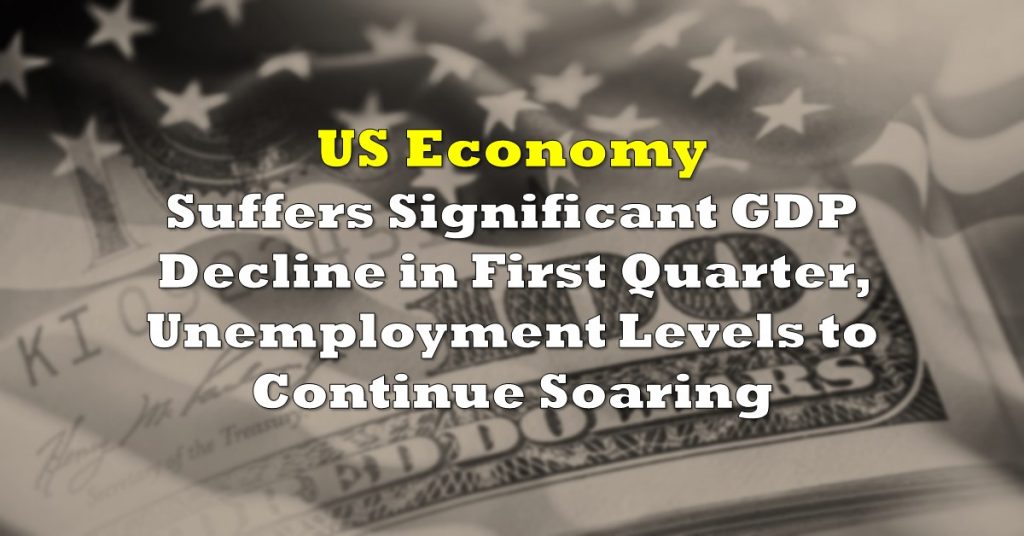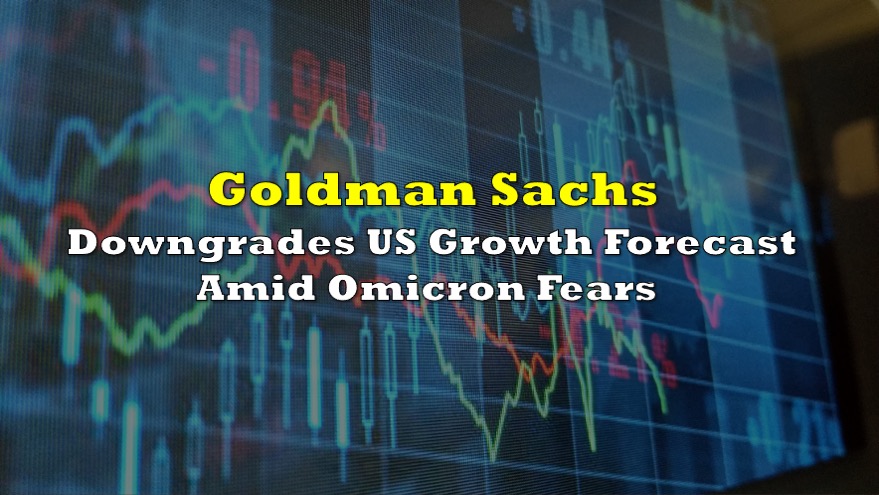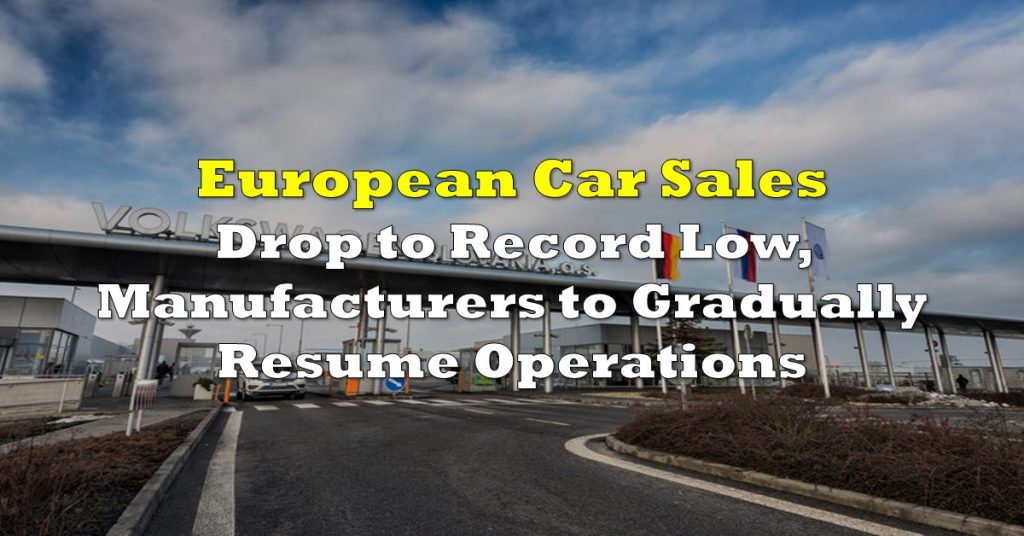As the US continues to battle its second, significantly more severe wave of the coronavirus pandemic, many are beginning to wonder if the country’s economy will ever fully recover from its historic lows of March and April. Indeed, it may have to get even worse before it gets better, notes Goldman Sachs in its latest forecast, which calls for a prosperous 2021 that will likely be riddled with hurdles in the meantime.
According to a forecast that surprisingly surpasses the Wall Street consensus regarding the direction of the US economy, Goldman Sachs economists project GDP levels will grow by 5.3% next year, which is noticeably larger than the 4% forecast by the Federal Reserve. However, Goldman economists anticipate that there will be a lot of obstacles along the way, especially amid a record-surge in coronavirus cases that will likely impede further economic recovery.
Given that much of the fiscal stimulus has already dried up, Americans’ disposable incomes will remain significantly subdued heading towards the end of the year. But, as the number of daily coronavirus cases rise across the country – now even surpassing the 150,000 mark, the colder weather that accompanies the final months of the year will likely accelerate the virus spread even further. Although only several states have thus far enacted additional restrictions, more will likely follow suit as infections continue to grow.
On a positive note though, recent news of Pfizer’s 90% success rate regarding its coronavirus vaccine has spurred some positive sentiment in the market and among Americans. Depending on the speed of the vaccine’s approval process, the population’s most at-risk parts could be vaccinated by the beginning of 2021. From then on, according to Goldman Sachs’ forecast, the US economy would be in a better position to accelerate the recovery process.
With respect to the country’s lingering unemployment problem, Goldman Sachs anticipates that the current unemployment rate of 6.9% will drop to 5.3% before the end of 2020. However, such a drop in unemployment levels will depend on the probability of further fiscal stimulus from the federal government – with $2.5 trillion in the event that Democrats take over both the Senate and the House, and only $1 trillion under the current divided government.

Nonetheless, the Goldman Sachs economists forecast that the US economy will just start its recovery process come next spring, following mass immunization that will lead to the reopening of high-contact consumer services. Given that those services largely account for the current output gap, the upcoming year will see a midway consumption boom, as households will be eager to spend and thus reduce their accumulated excess savings. Mass immunization will play a vital role in the full reopening of the US economy, leading to growth levels above expectations.
However, the rebound in economic activity will most likely not generate additional Federal Reserve action. Although the central bank made a commitment not to increase rates until inflation levels surpass 2%, Goldman Sachs does not foresee any interest rate hikes until at least 2025. From there on though, the bank expects increases of 50 basis points each year, until the benchmark short-term borrowing rate reaches approximately 2% to 2.5%.
Information for this briefing was found via Goldman Sachs and the DOL. The author has no securities or affiliations related to this organization. Not a recommendation to buy or sell. Always do additional research and consult a professional before purchasing a security. The author holds no licenses.









